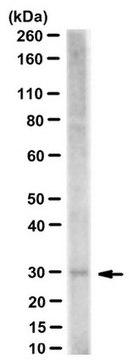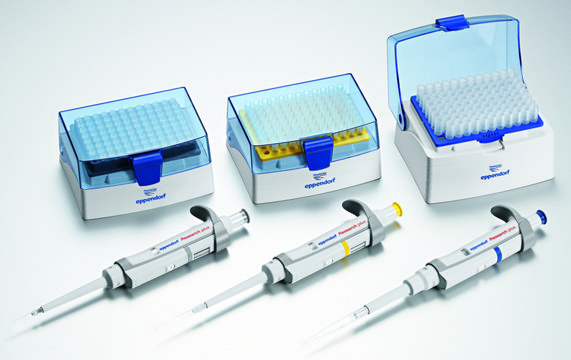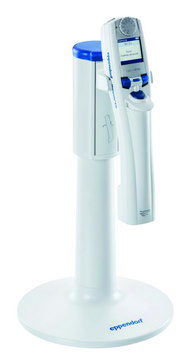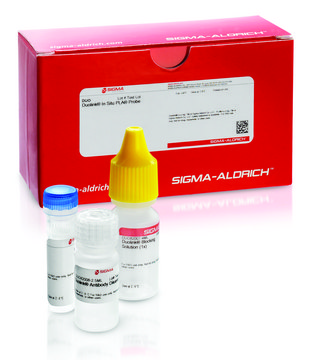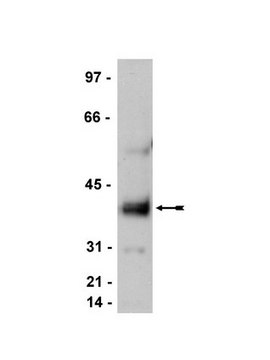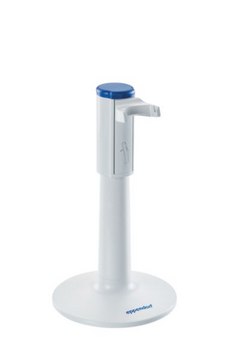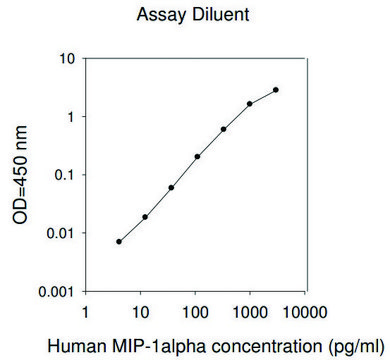MABE1079
Anti-TAF10/TAFII30 Antibody, clone 6TA-2B11
ascites fluid, clone 6TA-2B11, from mouse
Sign Into View Organizational & Contract Pricing
All Photos(4)
Synonym(s):
Transcription initiation factor TFIID subunit 10, STAF28, TAF(II)30, TAFII-30, TAFII30, Transcription initiation factor TFIID 30 kDa subunit
UNSPSC Code:
12352203
eCl@ss:
32160702
NACRES:
NA.41
Recommended Products
biological source
mouse
Quality Level
antibody form
ascites fluid
antibody product type
primary antibodies
clone
6TA-2B11, monoclonal
species reactivity
mouse, human
technique(s)
immunocytochemistry: suitable
immunoprecipitation (IP): suitable
western blot: suitable
isotype
IgG1κ
NCBI accession no.
UniProt accession no.
shipped in
dry ice
target post-translational modification
unmodified
Gene Information
human ... TAF10(6881)
General description
Transcription initiation factor TFIID subunit 10 (UniProt Q12962; also known as STAF28, TAF(II)30, TAFII-30, TAFII30, Transcription initiation factor TFIID 30 kDa subunit) is encoded by the TAF10 (also known as TAF2A, TAF2H, TAFII30) gene (Gene ID 6881) in human.Transcription initiation factor TFIID subunit 10 (UniProt Q12962; also known as STAF28, TAF(II)30, TAFII-30, TAFII30, Transcription initiation factor TFIID 30 kDa subunit) is encoded by the TAF10 (also known as TAF2A, TAF2H, TAFII30) gene (Gene ID 6881) in human. TAF10 (TAFII30) is a subunit of both the general transcription factor (GTF) TFIID and the coactivator SAGA (Spt-Ada-Gcn5-acetyltransferase) histone acetyltransferase (HAT) complexes involved in the initiation of RNA polymerase II (Pol II) transcription in eukaryotes. TFIID complex is composed of the TATA-binding protein (TBP) and thirteen TBP-associated factors (TAFs) that allow its recognition of not only TATA box-containing, but also TATA-less promoters for site-specific assembly of preinitiation complex (PIC). TAF10-knockout studies in mice indicate that TAF10 plays an important role during embryonic development and homeostasis in a tissue-dependent manner. TAF10 ablation is reported to result in severe anemia and lethality at embryonic stage E13.5 due to impaired erythropoiesis. In addition, TAF10 is shown to not only interact with the transcription factor GATA1, but also regulate its transcription as evidenced by its occupancy at GATA1 genomic locus in human fetal erythroid cells.
Specificity
Clone 6TA-2B11 (a.k.a. 6TA 2B11) specifically immunostained wild-type, but not Taf10-/-, mouse embryonic blastocysts (Mohan, W.S. Jr, et al. (2003). Mol .Cell. Biol. 23(12):4307-4318).
Immunogen
Epitope: Internal (N-terminal half).
Recombinant human TAF10/TAFII30.
Application
Anti-TAF10Antibody, clone 6TA-2B11 is an antibody against TAFII30 for use in Western Blotting, Immunocytochemistry, Immunoprecipitation.
Immunocytochemistry Analysis: A 1:200 dilution from a representative lot detected TAF10/TAFII30 in A431 and HeLa cells.
Western Blotting Analysis: A 1:1,000 dilution of this antibody detected TAF10/TAFII30 in TAFIID complex isolated from HeLa nuclear extract (Courtesy of Dr. Mustapha OULAD-ABDELGHANI, IGBMC, France).
Immunoprecipitation Analysis: A representative lot immunoprecipitated TAF10 together with associated GATA1 from murine erythroleukemia (MEL) cell nuclear extracts (Papadopoulos, P., et al. (2015). Mol. Cell. Biol. 35(12):2103-2118).
Western Blotting Analysis: A representative lot detected TAF10 in E12.5 mouse fetal liver nuclear extracts and murine erythroleukemia (MEL) cell nuclear extracts, as well as in GATA1 immunoprecipitate from MEL cell and fetal liver nuclear extracts (Papadopoulos, P., et al. (2015). Mol. Cell. Biol. 35(12):2103-2118).
Immunocytochemistry Analysis: A representative lot detected TAF10 immunoreactivity in trophoblasts from 3-day cultured wild-type, but not Taf10-/-mouse embryonic blastocysts isolated at 3.5 dpc (days post-coitum) by immunofluorescent staining of 1% paraformaldehyde-fixed, 0.1% Tween 20-permeabilized blastocysts (Mohan, W.S. Jr, et al. (2003). Mol .Cell. Biol. 23(12):4307-4318).
Western Blotting Analysis: A 1:1,000 dilution of this antibody detected TAF10/TAFII30 in TAFIID complex isolated from HeLa nuclear extract (Courtesy of Dr. Mustapha OULAD-ABDELGHANI, IGBMC, France).
Immunoprecipitation Analysis: A representative lot immunoprecipitated TAF10 together with associated GATA1 from murine erythroleukemia (MEL) cell nuclear extracts (Papadopoulos, P., et al. (2015). Mol. Cell. Biol. 35(12):2103-2118).
Western Blotting Analysis: A representative lot detected TAF10 in E12.5 mouse fetal liver nuclear extracts and murine erythroleukemia (MEL) cell nuclear extracts, as well as in GATA1 immunoprecipitate from MEL cell and fetal liver nuclear extracts (Papadopoulos, P., et al. (2015). Mol. Cell. Biol. 35(12):2103-2118).
Immunocytochemistry Analysis: A representative lot detected TAF10 immunoreactivity in trophoblasts from 3-day cultured wild-type, but not Taf10-/-mouse embryonic blastocysts isolated at 3.5 dpc (days post-coitum) by immunofluorescent staining of 1% paraformaldehyde-fixed, 0.1% Tween 20-permeabilized blastocysts (Mohan, W.S. Jr, et al. (2003). Mol .Cell. Biol. 23(12):4307-4318).
Research Category
Epigenetics & Nuclear Function
Epigenetics & Nuclear Function
Research Sub Category
Transcription Factors
Transcription Factors
Quality
Evaluated by Western Blotting in A431 cell lysate.
Western Blotting Analysis: A 1:2,000 dilution of this antibody detected TAF10/TAFII30 in 10 µg of A431 cell lysate.
Western Blotting Analysis: A 1:2,000 dilution of this antibody detected TAF10/TAFII30 in 10 µg of A431 cell lysate.
Target description
~30 kDa observed. 21.71 kDa calculated.
Physical form
Mouse monoclonal IgG1κ ascites with 0.05% sodium azide.
Unpurified
Storage and Stability
Stable for 1 year at -20°C from date of receipt.
Handling Recommendations: Upon receipt and prior to removing the cap, centrifuge the vial and gently mix the solution. Aliquot into microcentrifuge tubes and store at -20°C. Avoid repeated freeze/thaw cycles, which may damage IgG and affect product performance.
Handling Recommendations: Upon receipt and prior to removing the cap, centrifuge the vial and gently mix the solution. Aliquot into microcentrifuge tubes and store at -20°C. Avoid repeated freeze/thaw cycles, which may damage IgG and affect product performance.
Other Notes
Concentration: Please refer to lot specific datasheet.
Disclaimer
Unless otherwise stated in our catalog or other company documentation accompanying the product(s), our products are intended for research use only and are not to be used for any other purpose, which includes but is not limited to, unauthorized commercial uses, in vitro diagnostic uses, ex vivo or in vivo therapeutic uses or any type of consumption or application to humans or animals.
WGK
WGK 1
Flash Point(F)
Not applicable
Flash Point(C)
Not applicable
Certificates of Analysis (COA)
Search for Certificates of Analysis (COA) by entering the products Lot/Batch Number. Lot and Batch Numbers can be found on a product’s label following the words ‘Lot’ or ‘Batch’.
Already Own This Product?
Find documentation for the products that you have recently purchased in the Document Library.
Dominik A Herbst et al.
Nature structural & molecular biology, 28(12), 989-996 (2021-11-24)
The SAGA complex is a regulatory hub involved in gene regulation, chromatin modification, DNA damage repair and signaling. While structures of yeast SAGA (ySAGA) have been reported, there are noteworthy functional and compositional differences for this complex in metazoans. Here
Our team of scientists has experience in all areas of research including Life Science, Material Science, Chemical Synthesis, Chromatography, Analytical and many others.
Contact Technical Service

